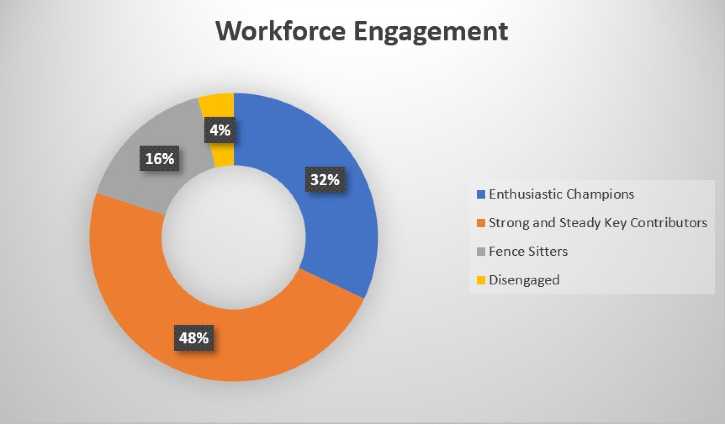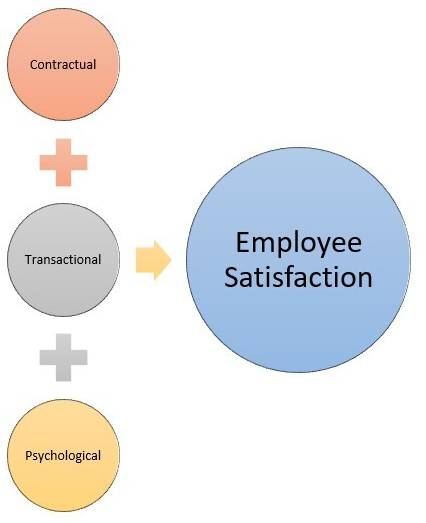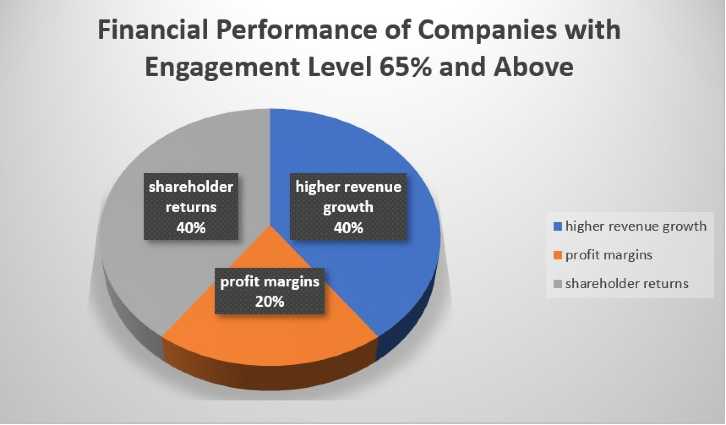5 Common Myths About Employee Engagement
As we discussed in the last article, the workplace is undergoing evolutionary changes and yet a whopping percentage of the workforce in an organization feels disengaged. The thought seems dreadful, but are the conservative numbers backed by research? There have been rampant myths about engagement. Here we talk about the most common employee engagement myths which often bombard an organization.
Myth #1: 2/3rd of the workforce in an organization is disengaged
Decision-Wise presented its results based on 24 million survey responses in their book called The Employee Experience. The survey points out that in reality the percentage of “fully disengaged” employees is just 5%. So what is the hoopla all about? Look at the figure below.

There are four categories of employees - enthusiastic champions (the ones who are fully engaged), strong & steady (key contributors), fence sitters (who are actually waiting to be engaged), and finally, the disengaged or situationally engaged. Percentage of each category defines the levels of engagement that may be prevalent within a firm. Employee engagement could be a continuous process to understand where a firm needs to put in more efforts.
Myth #2: Employee Engagement and Employee Satisfaction are the same
Employee satisfaction and employee engagement are not the interchangeable terms. Satisfaction is a summation of contractual, transactional and psychological factors wherein an employee gets compensation, resources & tools, emotional and physical safety from an organization, among other things. Employees in return make a “constant deposit” of productivity to this equation.

But engagement is not limited to transactional factors. It means that the employees are in a state where they feel energetic, committed and passionate towards their work, and invest themselves fully. However, both these terms contribute to the larger picture of employee experience.
Myth #3: Serious employees are fully engaged
Regularity, dedication and job performance aren’t the only parameters that define employee engagement. Serious employees may in fact, suffer from burn out, which is characterized by the World Health Organization into three dimensions. One of the characteristics is “increased mental distance from one’s job, or feelings of negativism or cynicism related to one's job”.

Engaged employee, on the other hand, is the one who considers the goals of an organization as their own. Such employees remain motivated and go the extra mile to contribute towards their firm.
Myth #4: Firms must invest a bomb to ensure employee engagement
Organizations need not spend the last penny on their account to pay attention to employee engagement. There are a range of free or low-cost employee engagement activities which won’t rip apart the firms financially. Incentive ideas, in-house activities and resources and being creative with the organizational culture can be good points to start with. That being said, engaged employees do bring out financial returns to a firm. The figure below is based out of Aon Hewitt study which agrees that a firm with 65% or higher level of engagement can beat industry average as follows-

Myth #5: Employee Engagement falls under HR Manager’s job profile
While employee engagement may largely seem to be the job of an HR manager, it is in fact, the collective responsibility from top to bottom. It is the team effort which can bear fruitful and productive results for an organization. The role of reporting managers and leadership team is highly understated in most organizations. Immediate reporting managers can infuse a range of employee engagement activities to keep employees motivated and self-driven.
While a huge percentage of disengaged employees may seem arduous for a firm to cope up with, it is even more problematic to differentiate between facts and fiction. By knowing the problem areas, firms can bust these myths and take the proper steps in the right direction.




